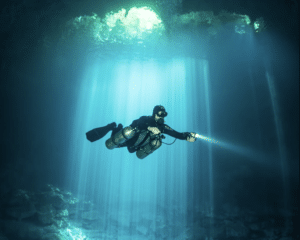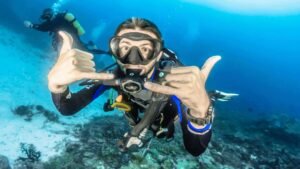Have you ever wondered what it’s like to breathe underwater? To float weightlessly, surrounded by surreal beauty and silence? That’s what Discover Scuba Diving is all about. It’s the perfect way to experience diving without committing to a full certification course.
Whether you’re on vacation in a tropical paradise or exploring the mystical cenotes of Mexico, Discover Scuba Diving (DSD) offers a taste of the underwater world that is safe, fun, and absolutely unforgettable.
At our cenote-focused dive agency, we specialize in taking first-time divers on extraordinary journeys beneath the surface of Yucatán’s sacred freshwater sinkholes. In this comprehensive guide, we’ll walk you through everything you need to know about Discover Scuba Diving—what it is, how it works, what to expect, and why cenotes make this experience even more magical.
Content:
1. What is Discover Scuba Diving?
2. Who Can Participate?
3. What to Expect During Your DSD Experience
4. Why Discover Scuba Diving in Cenotes?
5. Is It Safe?
6. Equipment You’ll Use
7. Common Questions and Concerns
8. Tips for First-Time Divers
9. Our DSD Program in Cenotes
10. Frequently Asked Questions
1. What is Discover Scuba Diving?
Discover Scuba Diving is a beginner-level experience designed by PADI (Professional Association of Diving Instructors) to introduce non-certified individuals to scuba diving. It’s not a certification course, but rather a safe, guided introduction to the basic skills, breathing techniques, and sensations of diving.
Under the close supervision of a PADI-certified instructor, participants learn essential safety guidelines, practice a few basic skills in shallow water, and then go on a real dive. The entire process is designed to be stress-free and enjoyable.
It’s perfect for people who:
– Have never tried scuba diving before.
– Are curious about what it feels like to breathe underwater.
– Are considering getting certified in the future.
– Want to do something memorable on their vacation.
2. Who Can Participate?
Almost anyone over the age of 10 can take part in Discover Scuba Diving. You don’t need any previous experience or special swimming skills—just a basic level of physical health and the willingness to try something new.
You may be asked to complete a brief medical questionnaire to rule out any health issues that could interfere with diving. If you answer “yes” to any of the questions, you might need clearance from a doctor before participating.
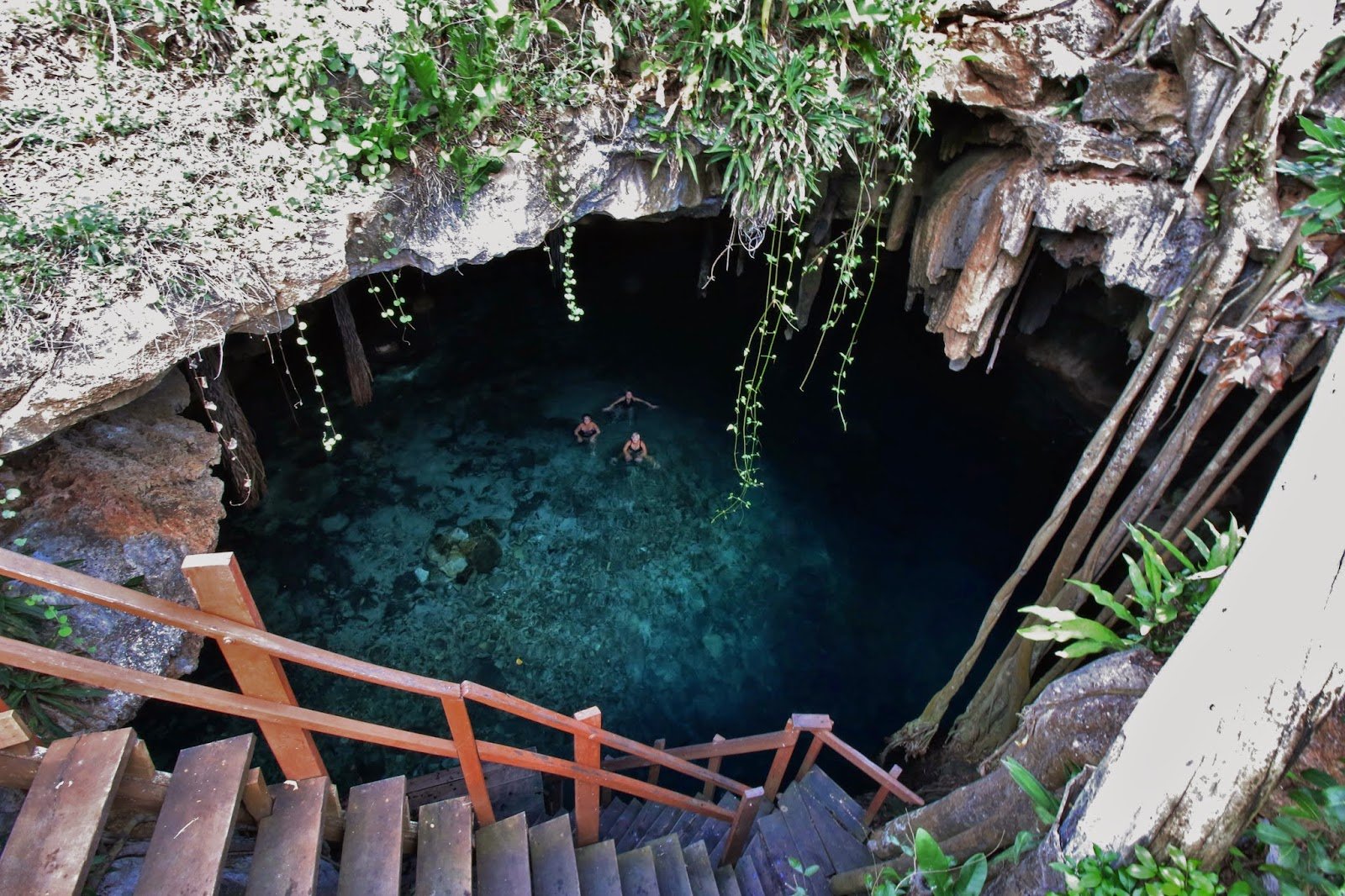
3. What to Expect During Your DSD Experience
The Discover Scuba Diving experience typically includes:
– A Brief Introduction: You’ll learn the basics of scuba diving, including how to use the equipment, how to communicate underwater, and important safety procedures.
– Shallow Pool Water Skills Practice: In a shallow pool, you’ll practice breathing through a regulator, clearing your mask, and equalizing pressure. These skills prepare you for the dive and help you feel more confident.
– The Dive: Once you’re comfortable, it’s time to head out on your guided dive. The depth is typically no more than 12 meters (40 feet), and your instructor will be with you the entire time.
– Debrief: After your dive, you’ll review your experience, ask questions, and talk about next steps if you’re interested in further training.
This entire experience usually lasts around 2–3 hours.
4. Why Discover Scuba Diving in Cenotes?
Cenotes are unlike any other diving environment on the planet. These natural freshwater sinkholes, formed by the collapse of limestone bedrock, are windows into a hidden world filled with crystal-clear water, stalactites, stalagmites, and rich Mayan history.
Here’s why cenotes are the ultimate place to try Discover Scuba Diving:
– Incredible Visibility: Some cenotes offer 100+ feet of visibility. It’s like diving in glass.
– Calm Conditions: No waves, no current—just serene, tranquil water that’s perfect for beginners.
– Natural Beauty: Explore stunning rock formations and light beams that create a surreal, dreamlike environment.
– Cultural Significance: Cenotes were sacred to the ancient Maya. Diving in them connects you to history and nature in a profound way.
Trying your first dive in a cenote is not just an adventure—it’s a memory that will last forever.
5. Is It Safe?
Absolutely. Safety is the number one priority in all PADI Discover Scuba Diving programs.
Here’s how we keep you safe:
– Professional Instruction: All dives are conducted by certified PADI professionals.
– Small Groups: We limit the number of participants to ensure personalized attention.
– Top-Notch Equipment: We use well-maintained, high-quality gear.
– Clear Safety Protocols: Before getting in the water, you’ll be trained on everything you need to know to stay safe.
If you’re nervous, don’t worry—that’s completely normal. Our instructors are trained to help you feel relaxed and supported every step of the way.
6. Equipment You’ll Use
During your DSD experience, you’ll be using standard scuba gear, including:
– Mask and Snorkel (varies): For surface breathing and clear underwater vision.
– Regulator: To breathe from your tank.
– Buoyancy Control Device (BCD): A vest that helps you float, sink, or hover.
– Scuba Tank: Filled with compressed air.
– Fins: For efficient movement underwater.
– Wetsuit: Optional, but great for thermal protection.
We’ll show you how to use each item step-by-step.
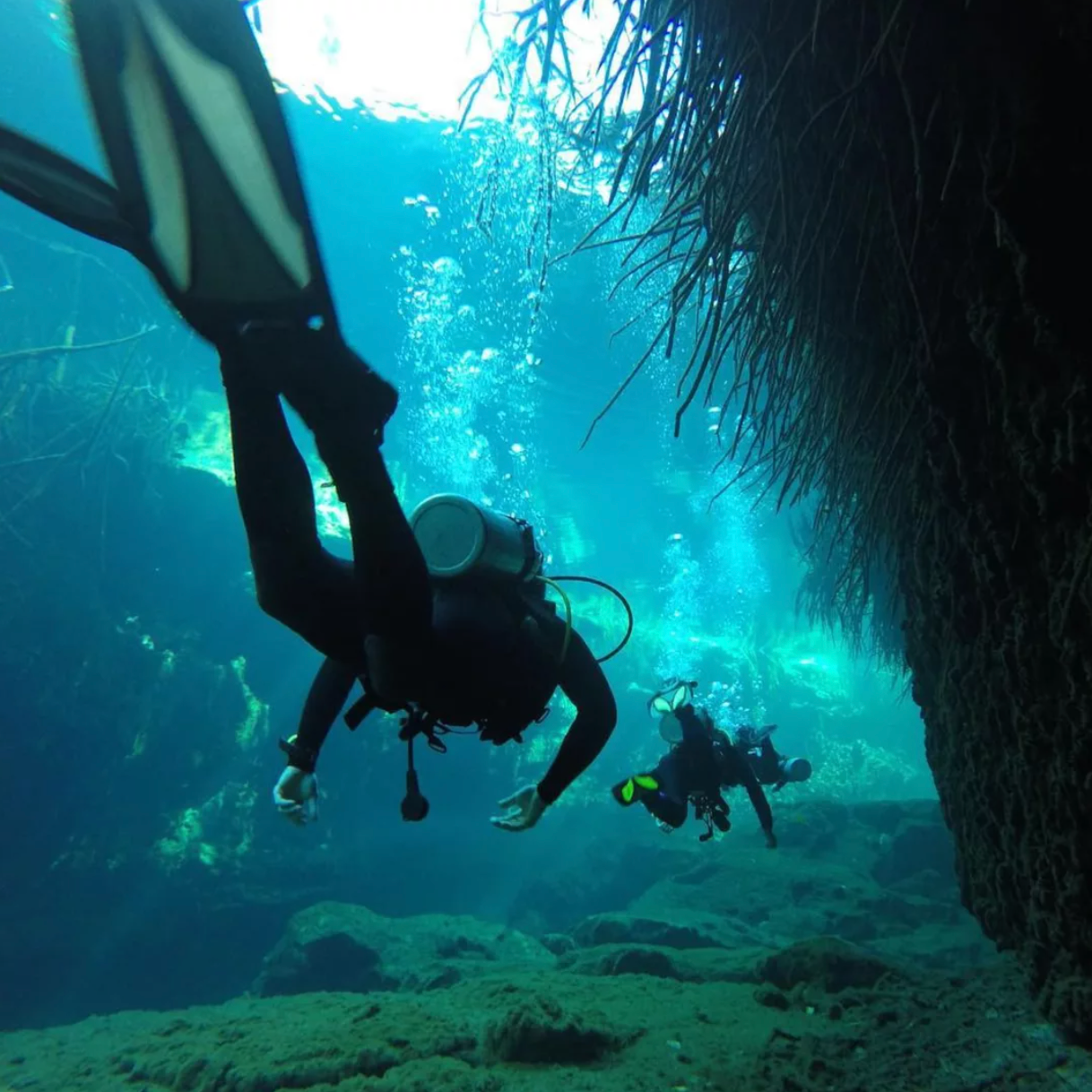
7. Common Questions and Concerns
What if I’m not a strong swimmer? That’s okay! You don’t need to be an Olympic swimmer—just comfortable in the water. Your instructor will be right beside you.
Will my ears hurt? Not if you equalize properly. We’ll teach you how to equalize to prevent discomfort from pressure.
What if I panic? You won’t be alone. Your instructor will guide you through every moment. The skills we practice beforehand are designed to help you feel prepared and calm.
How deep will we go? Maximum depth is usually 12 meters (40 feet), but many cenote dives are much shallower.
Can I take pictures? Definitely! We offer underwater photography services so you can capture your first dive forever.
8. Tips for First-Time Divers
– Stay Calm: Breathe slowly and deeply.
– Listen Carefully: Pay attention during the briefing—it’s your roadmap.
– Communicate: Learn the hand signals and don’t hesitate to signal if you need something.
– Equalize Early and Often: Don’t wait until your ears hurt.
– Don’t Touch Anything: Cenotes are fragile ecosystems. Look, but don’t touch.
9. Our DSD Program in Cenotes
At our agency, we pride ourselves on offering one of the most personalized Discover Scuba Diving programs in the Yucatán. Here’s what you can expect:
– Pick-up & Drop-off from your hotel.
– Small Group Sizes: Never more than 4 divers per instructor.
– Introduction to Diving Theory: Short but insightful.
– Cenote Safety Briefing: Focused on the unique features of cenote diving.
– Full Equipment Rental: Included in the price.
– 1:1 Underwater Guidance if needed.
– Photos and Videos Available: So you can relive your experience.
We visit beginner-friendly cenotes such as Casa Cenote or Cenote Chikin Ha, known for their gentle conditions and natural beauty.
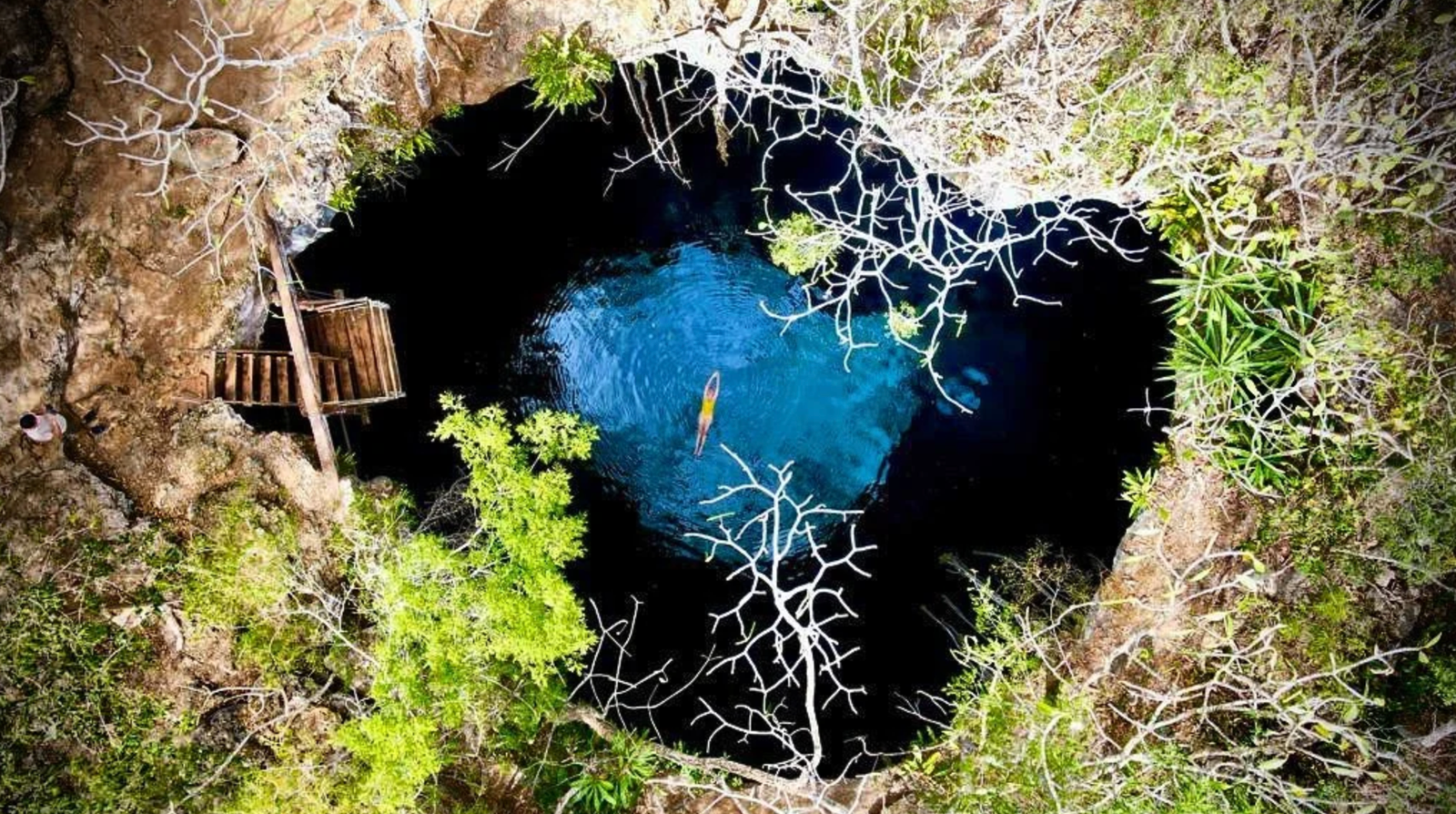
10. Frequently Asked Questions
– How long does the DSD experience last? Roughly 3-4 hours from start to finish. Our days are from 9:30 to 5pm.
– Do I need to be certified? Nope! That’s the whole point—you get to try scuba diving without needing a license.
– Can I dive again afterward? Yes! If you love it, we can help you continue with the PADI Open Water Diver course.
– Is there a weight limit? There is no strict weight limit, but divers should be in general good health. Let us know any concerns ahead of time.
– Is it scary? It might feel a little intimidating at first, but most people find that nervousness quickly turns to excitement.
Conclusion
Discover Scuba Diving isn’t just about trying something new—it’s about discovering a whole new world. Whether you’re floating through light beams in a cenote or gliding past ancient formations, your first dive is something you’ll never forget.
And who knows? It might just be the beginning of a lifelong love affair with the underwater world.
Ready to try Discover Scuba Diving in a cenote? Let’s dive in!
